Description
Elecampane Root
Elecampane, scientifically known as Inula helenium, is a plant that is native to Europe and Asia. The root of the elecampane plant, known as elecampane root, has been used for centuries for its potential medicinal properties. Here are some key aspects of elecampane root:
Description:
- Plant:
- Elecampane is a perennial herbaceous plant that belongs to the Asteraceae family. It can grow to be quite tall, with a robust stem, large leaves, and yellow flowers.
- Root:
- The root of the elecampane plant is the part commonly used for medicinal purposes. It is thick, fleshy, and has a strong, aromatic scent.
Traditional Uses:
- Respiratory Health:
- Elecampane has historically been used in traditional medicine, particularly in herbal remedies for respiratory conditions. It is believed to have expectorant properties, helping to loosen and expel mucus from the respiratory tract.
- Digestive Aid:
- Elecampane root has been used to support digestive health, with some traditional uses for conditions like indigestion and bloating.
- Anti-Inflammatory:
- It is thought to have anti-inflammatory properties, which might be beneficial for conditions involving inflammation.
- Historical Uses:
- Historical records suggest that elecampane was used by various cultures, including the ancient Greeks and Romans, as well as in traditional Chinese and Ayurvedic medicine.
Active Compounds:
- Inulin:
- Elecampane root contains a significant amount of inulin, a type of carbohydrate that acts as a prebiotic, supporting the growth of beneficial gut bacteria.
- Sesquiterpene Lactones:
- These are compounds found in elecampane that are believed to contribute to its medicinal properties. They may have anti-inflammatory effects.
Preparations:
- Tea:
- Elecampane root is often used to make herbal tea. The tea is made by steeping the dried or fresh root in hot water. It is known for its distinct, somewhat bitter taste.
- Tinctures and Extracts:
- Elecampane root is also available in tincture or extract form. These concentrated forms are sometimes used for more precise dosing.
Cautions:
- While elecampane root has a history of traditional use, it’s important to exercise caution. Pregnant or breastfeeding individuals and those with certain health conditions should consult with a healthcare professional before using elecampane or any herbal remedy.
- Some individuals may be allergic to plants in the Asteraceae family, and caution is advised for those with known allergies.
As with any herbal remedy, it’s crucial to seek guidance from a healthcare professional to determine if elecampane root is appropriate for your specific health needs and to avoid potential interactions with medications or pre-existing conditions.

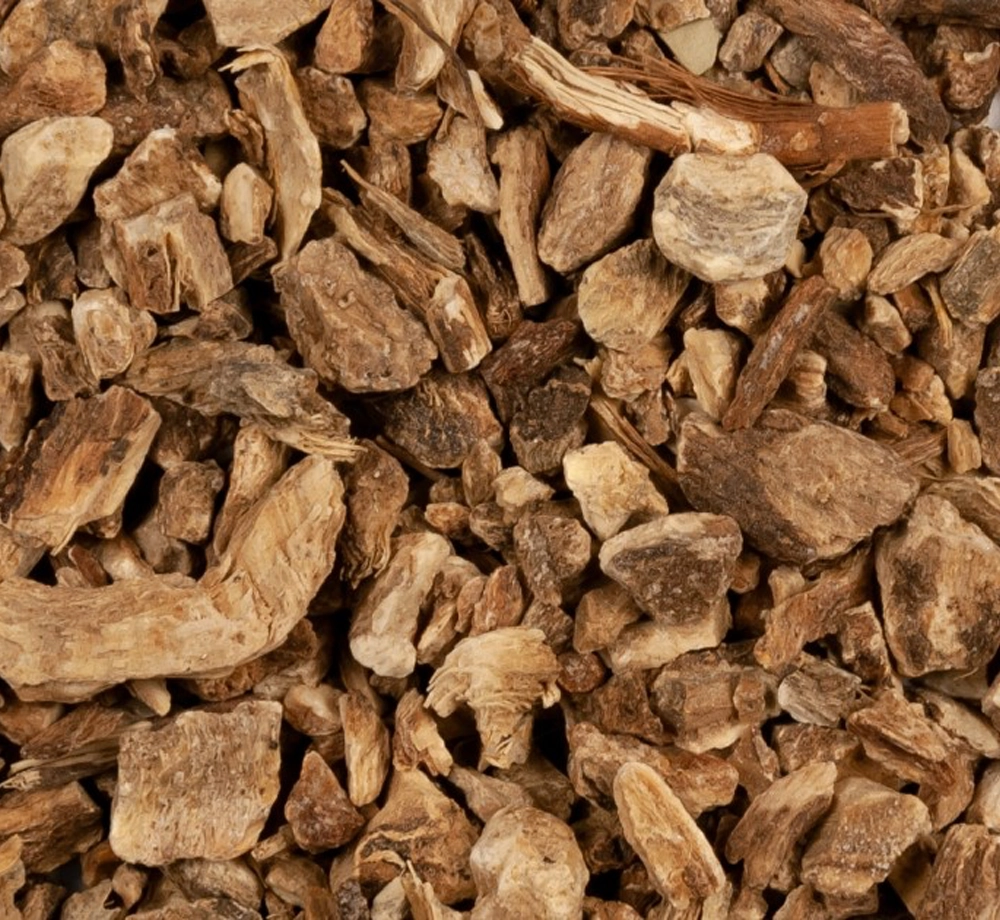
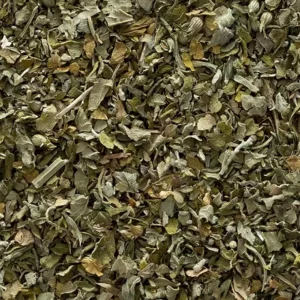
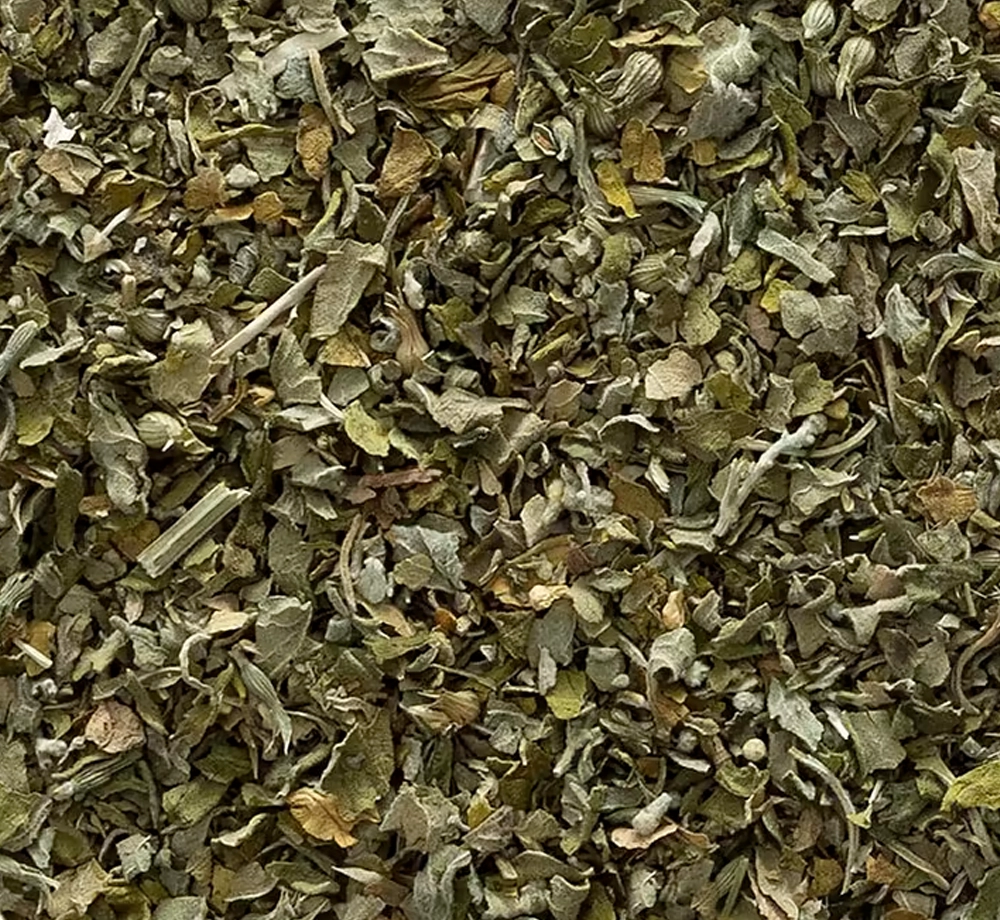
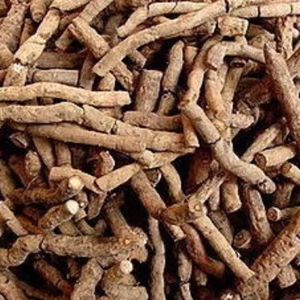
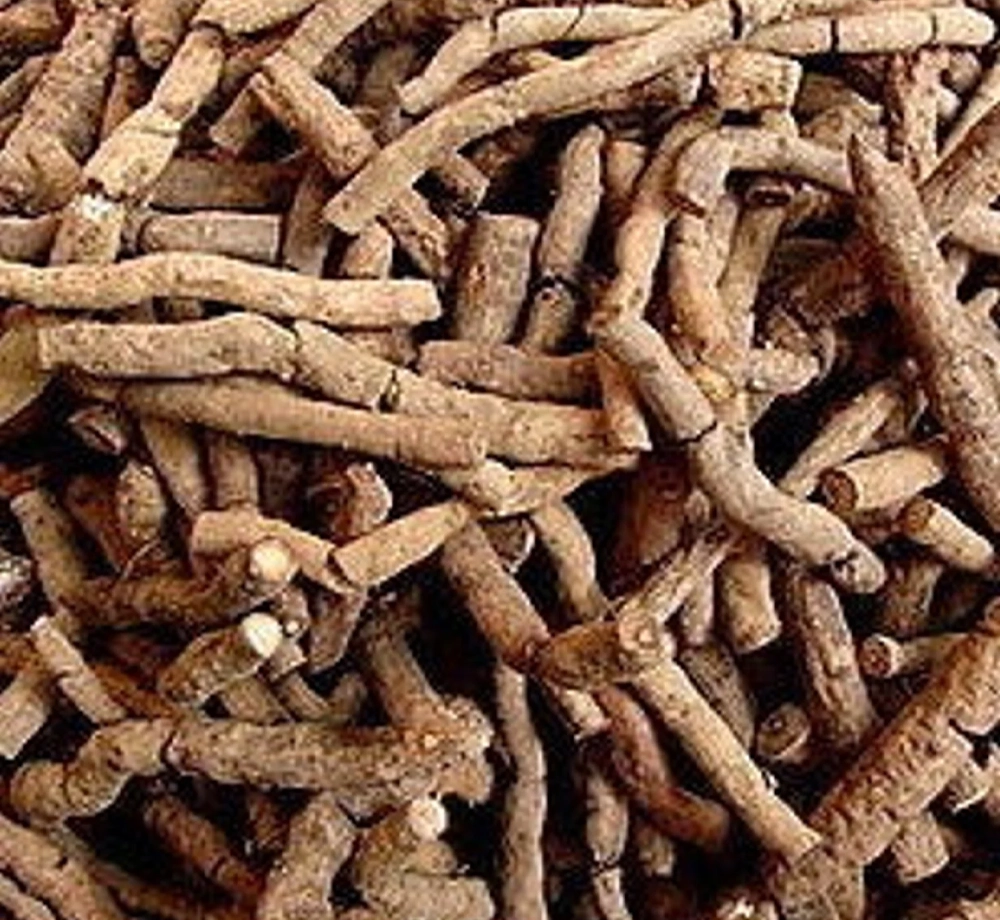
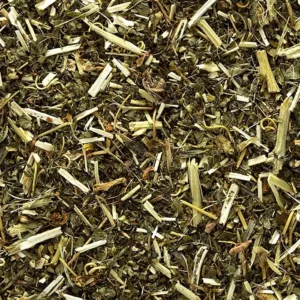
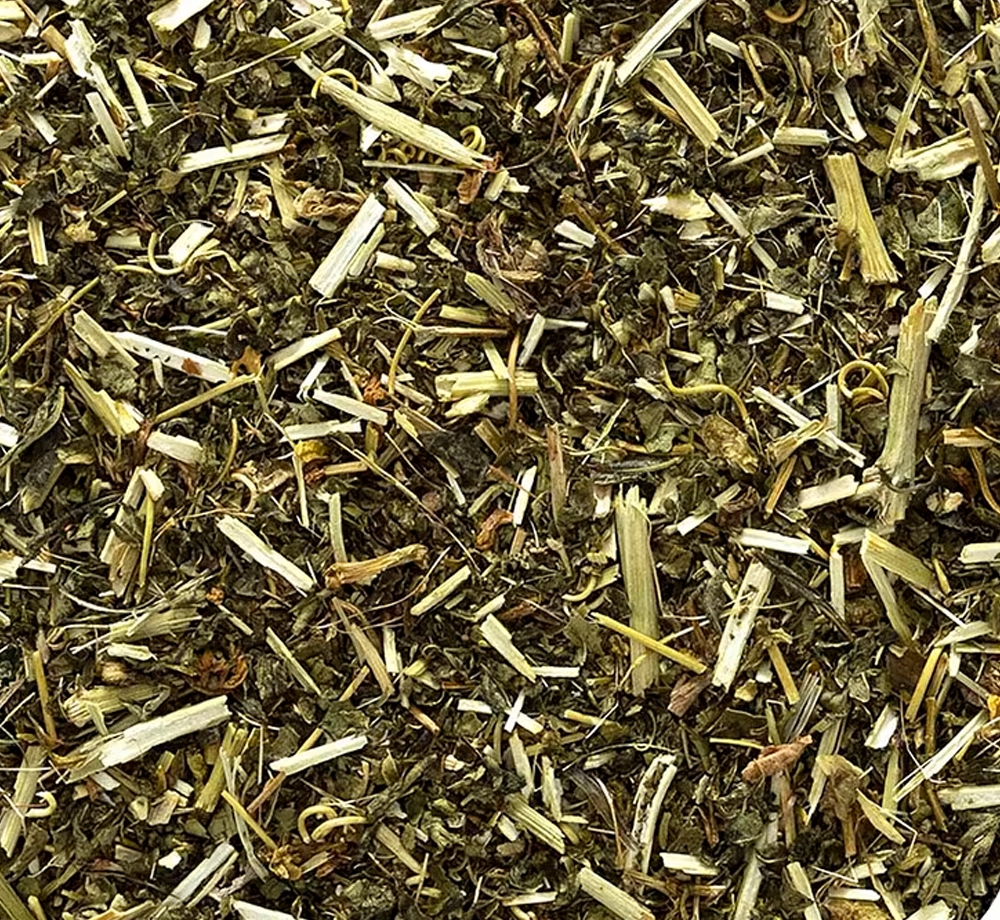
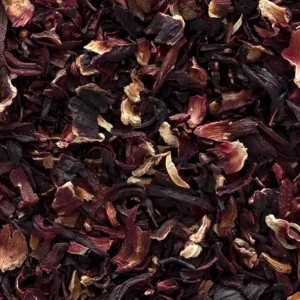
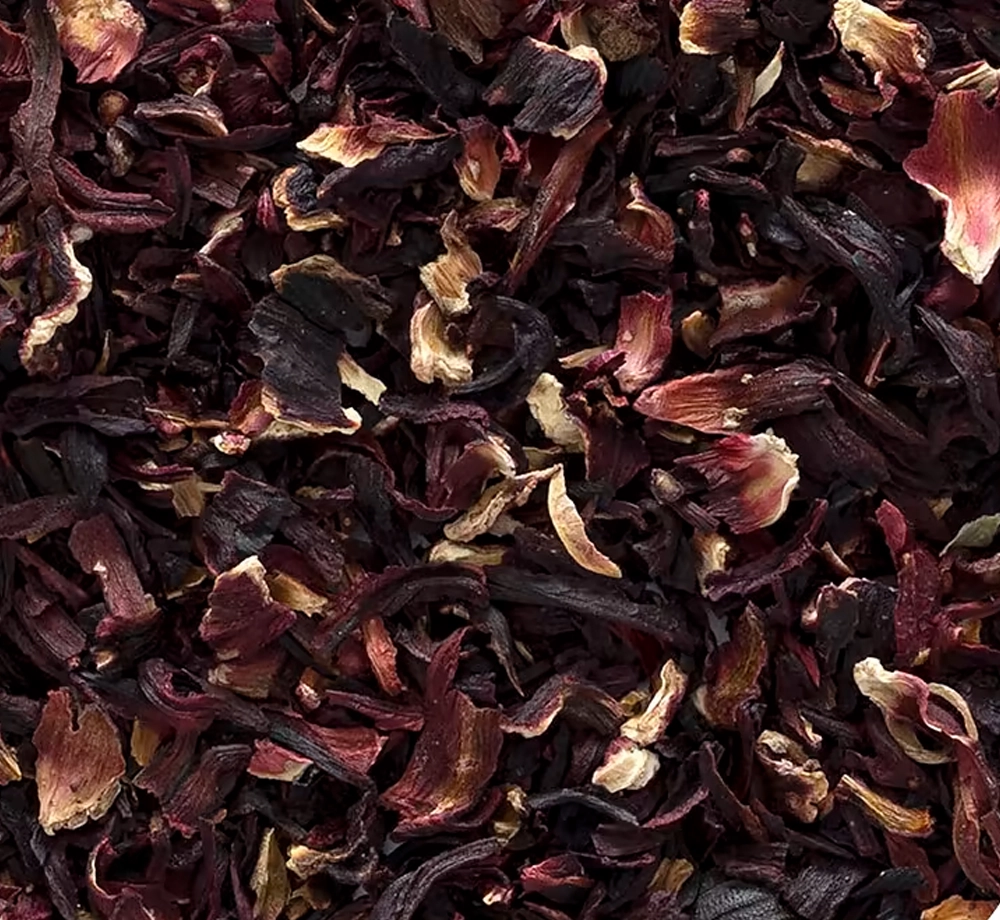
Reviews
There are no reviews yet.